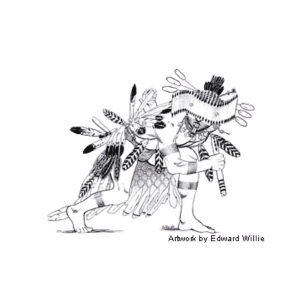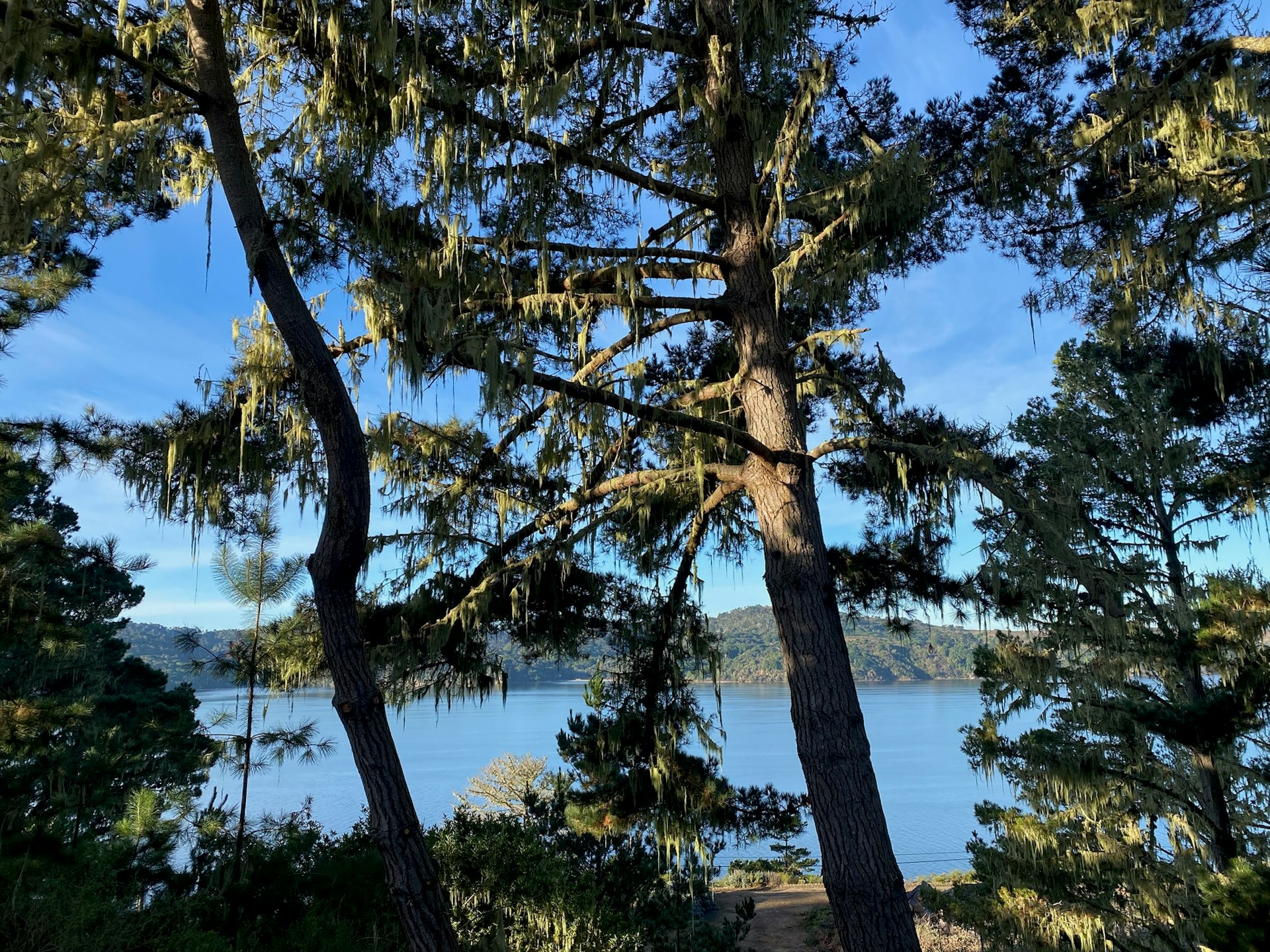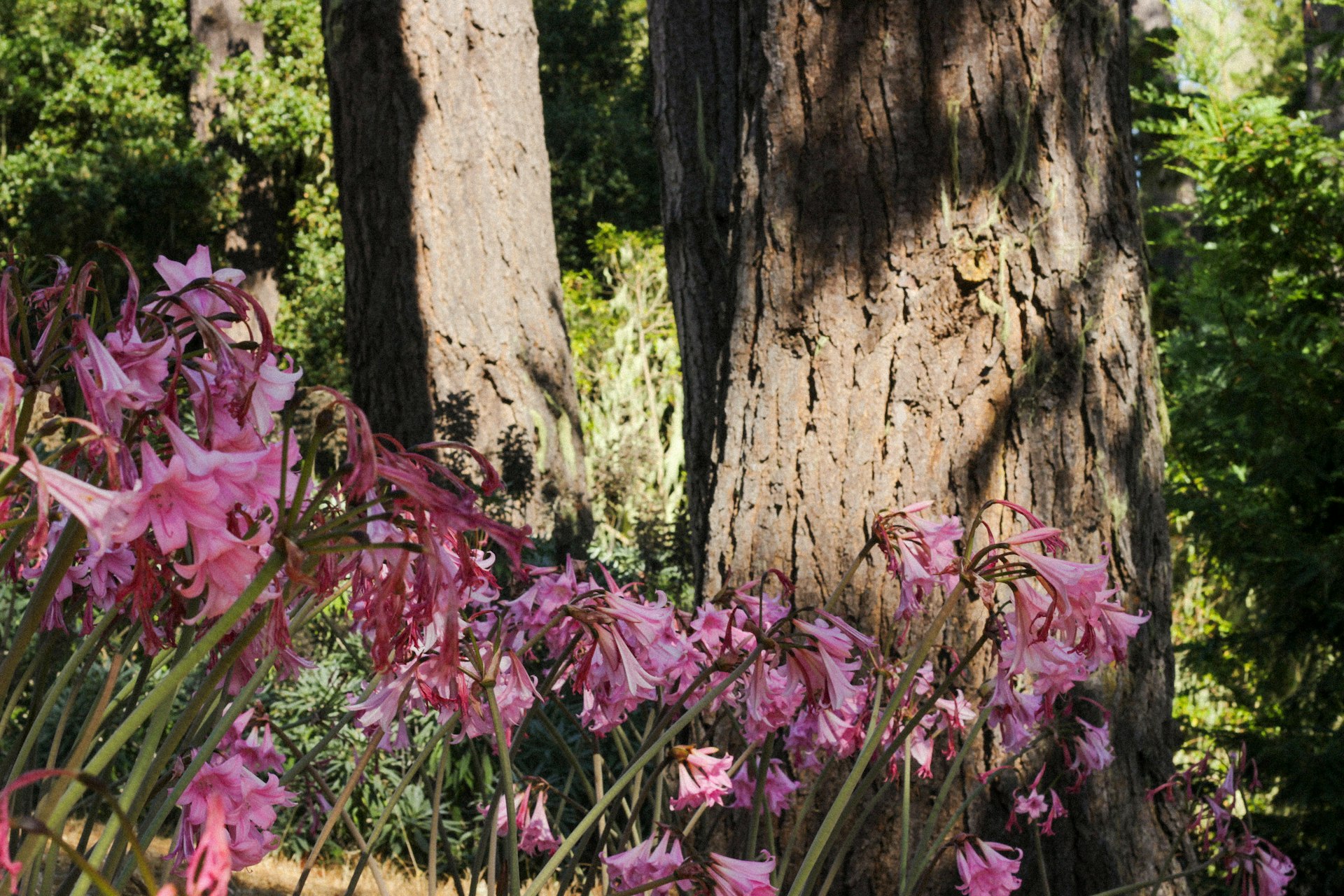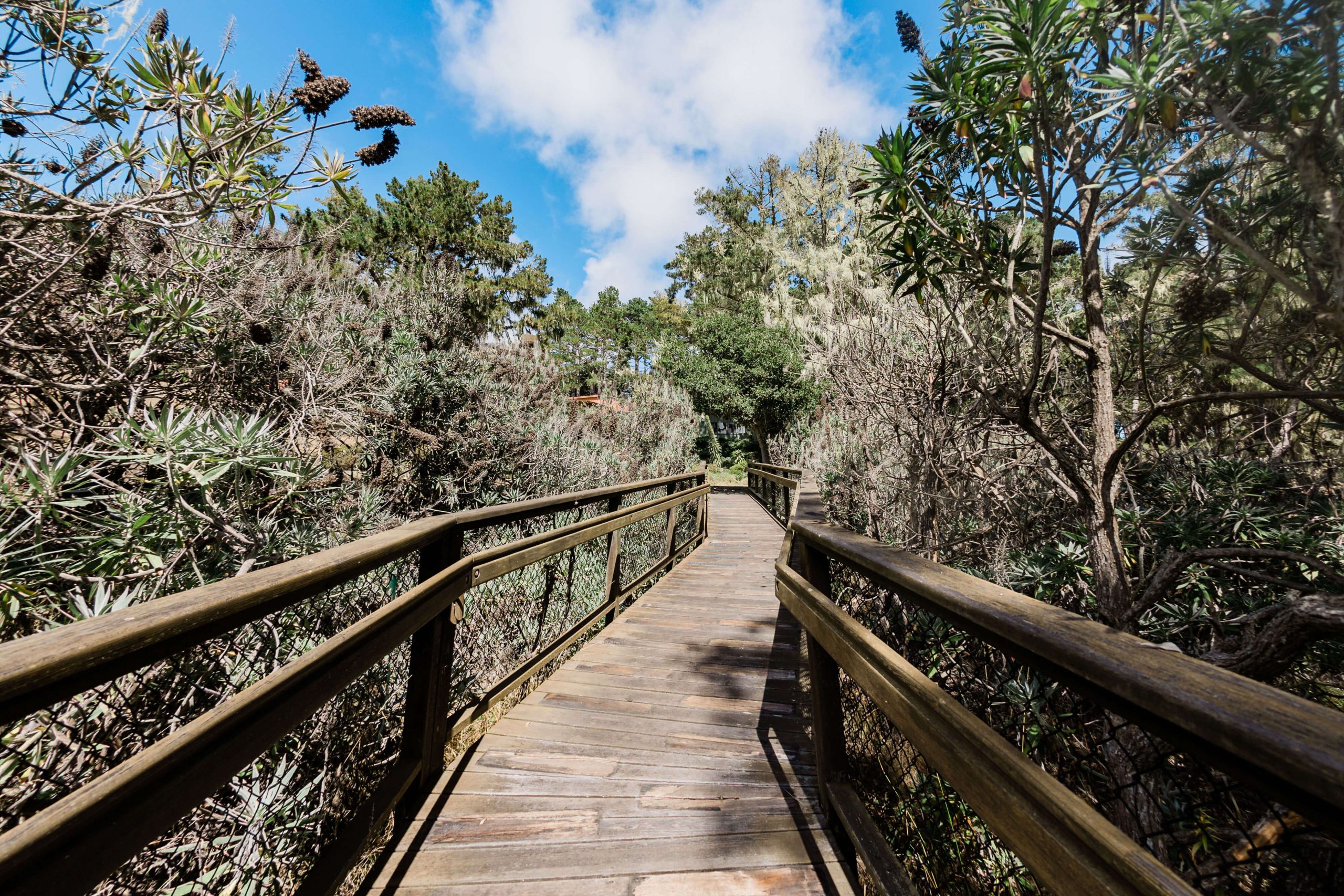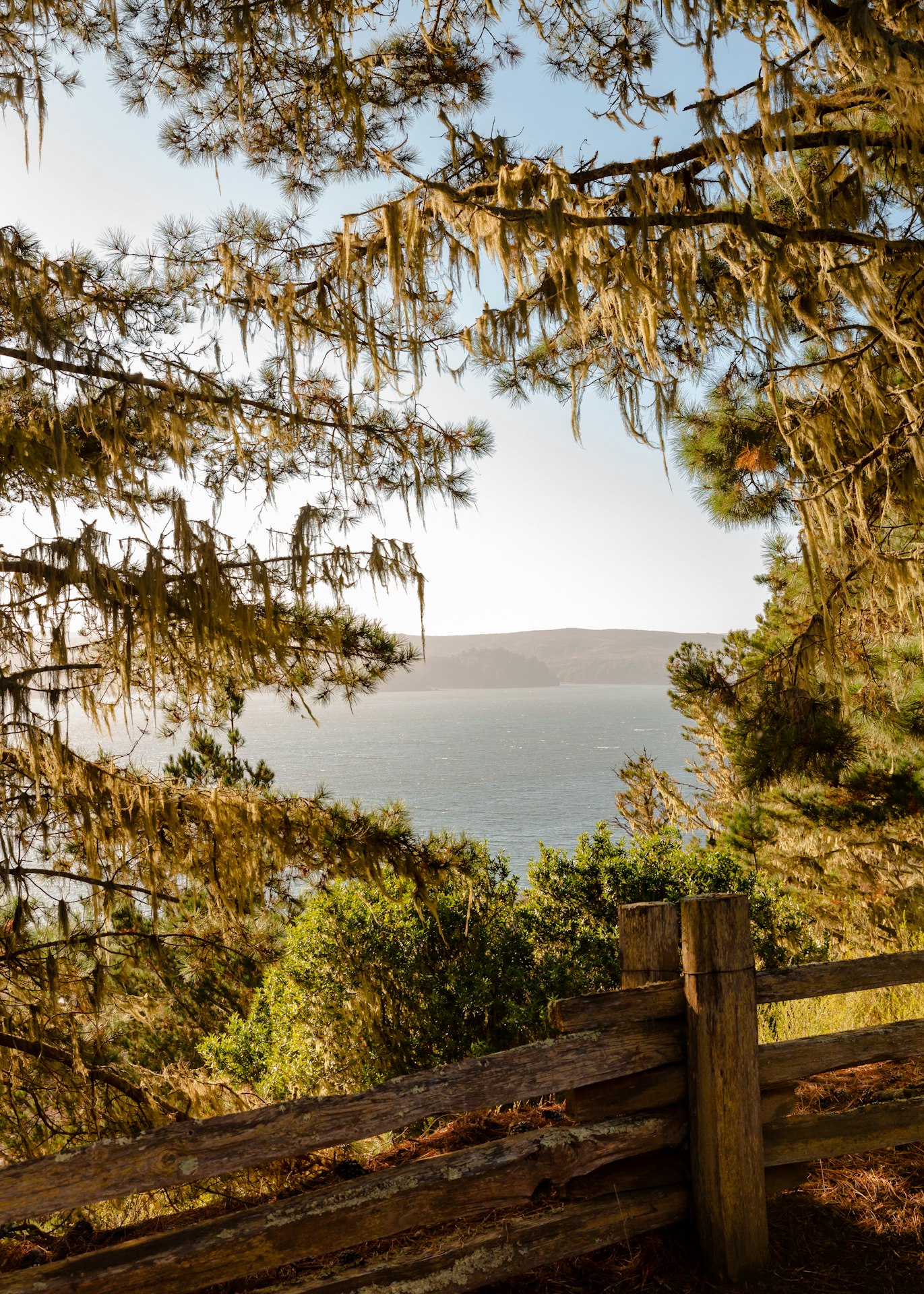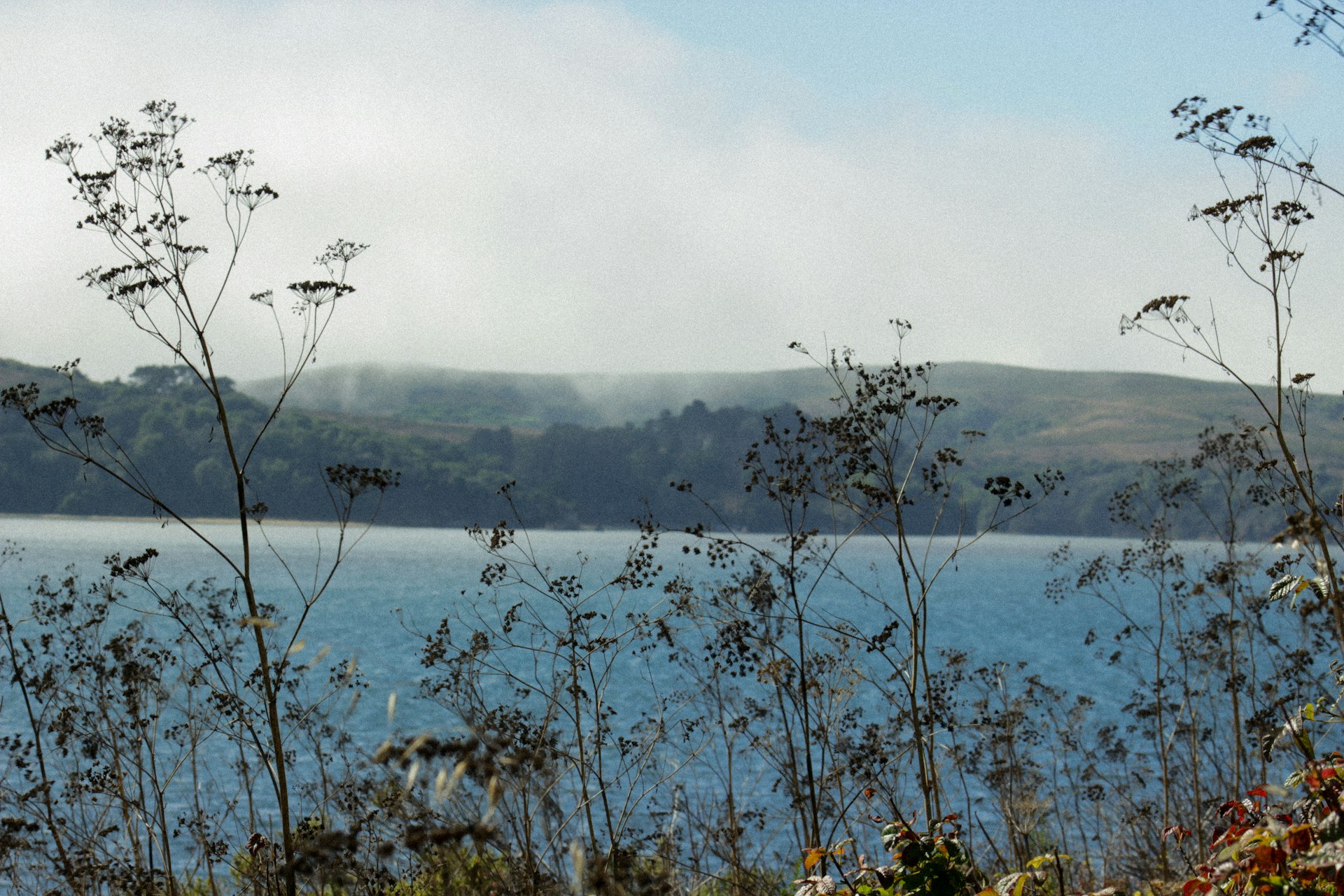MARCONI STATE HISTORIC PARK
62 sprawling acres of rolling hills overlooking scenic Tomales Bay in Marin County

The park is open to the public year-round from sunrise to sunset. Free parking is available to everyone.
Marconi State Historic Park –owned by the State of California– stands as a testament to the rich history and natural splendor of Northern California. Spanning across 62 acres, this majestic park offers visitors a unique blend of cultural heritage and natural beauty.
Once home to the pioneering wireless telegraphy station established by Guglielmo Marconi in 1913, the park today invites exploration and admiration, not just for its historical significance but also for its breathtaking landscapes. Visitors can wander through lush forests, stroll along serene pathways, and marvel at the panoramic views of Tomales Bay – all while enveloped in the tranquility of this protected area.
Marconi State Historic Park is not only a gateway to the past but also a sanctuary for those seeking to immerse themselves in the peace and beauty of nature. Whether you’re a history enthusiast, a bird watcher, or simply in search of a tranquil retreat, the park offers a myriad of experiences that promise to enrich and inspire.
Feel the breeze
COAST MIWOK
The Coast Miwok people have deeply influenced the historical and cultural fabric of Marin County and the area around Marconi State Historic Park.
Inhabiting the coastal regions of Marin and southern Sonoma Counties before European settlement, their connection to these lands stretches back millennia. Around Tomales Bay and what is now Marconi State Historic Park, the Coast Miwok expertly harnessed the bounty of the land and sea, exemplifying sustainable living and environmental stewardship. They used controlled burning to manage the landscape, promoting biodiversity and the flourishing of resources that supported their communities.
The arrival of European settlers marked a pivotal shift in the Coast Miwok’s way of life, introducing new challenges and changes to their traditional practices. Despite these changes, the Coast Miwok’s profound connection to the region endures, contributing significantly to our understanding of the area’s history and the broader narrative of Northern California.
Today, the Coast Miwok’s descendants remain a vital part of the region’s cultural and social landscape, actively preserving their heritage and historical sites. Recognizing and honoring the Coast Miwok’s history and ongoing presence is essential, not only for paying tribute to their enduring legacy but also for embracing the rich diversity and depth of our shared history.
